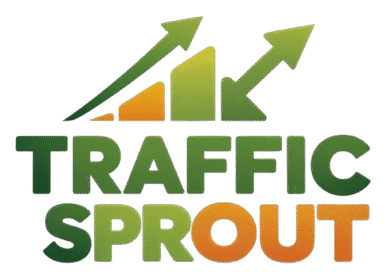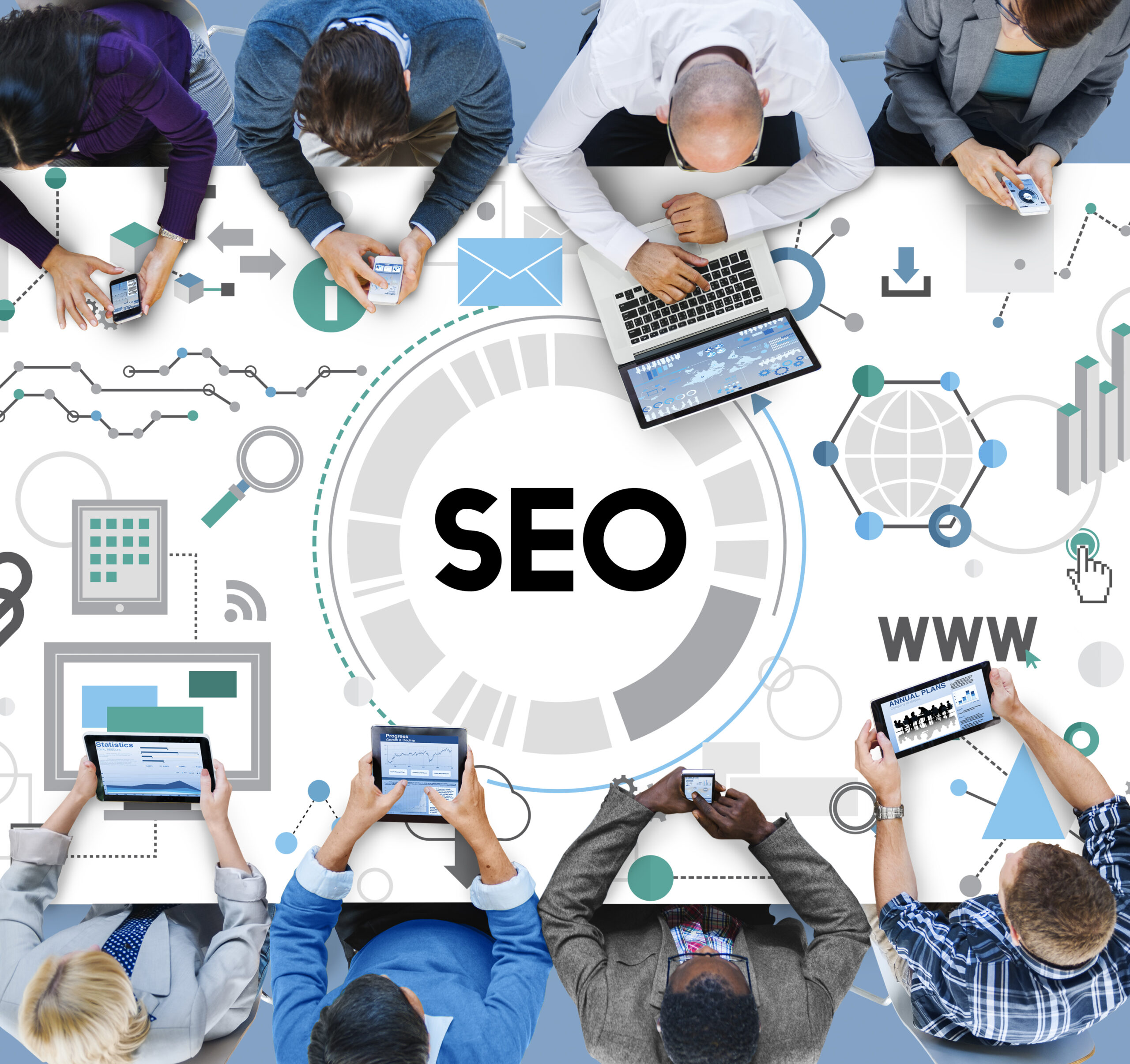
Introduction
In today’s digital world, On-Page SEO has become essential for every website owner. If you want your site to rank higher on Google, you can’t ignore On-Page optimization. It involves optimizing individual page elements like content, meta tags, internal linking, and structure to make your site more understandable for search engines. In this guide, we’ll explore what On-Page SEO is and how to apply it effectively.
What is On-Page SEO?
On Page SEO refers to the practice of optimizing individual web pages to improve search engine rankings and gain relevant traffic. Unlike Off-Page SEO, which focuses on backlinks and external promotion, On-Page SEO is fully within your control.
Key On-Page SEO Elements
1. Title Tags
Title tags are critical for SEO Your focus keyword should appear naturally in the title.
Example:<title>On-Page SEO Techniques to Rank Higher</title>
2. Meta Description
The meta description appears in search results and helps improve click-through rates. It should include both focus and LSI keywords naturally.
3. URL Optimization
Your URL should be short, clean, and contain the keyword.
Example: /on-page-seo-guide
4. Heading Structure
Use proper heading tags (H1, H2, H3) to organize your content. Include the focus keyword in at least one main heading.
5. Keyword Placement
- Use the focus keyword within the first 100 words
- Maintain 1–2% keyword density
- Avoid keyword stuffing
6. Internal Linking
Link to other relevant pages or blog posts on your site to improve site structure and SEO
7. Content Optimization
Create high-quality, original, and informative content. Naturally include LSI keywords to support the main topic.
8. Optional: Image Optimization
If you use images, compress them for speed and add keyword-rich alt tags for accessibility and SEO
Best Practices for On-Page SEO
- Use the focus keyword naturally
- Place internal and outbound links wisely
- Ensure fast loading and mobile responsiveness
- Use schema markup for structured data
- Avoid duplicate content and maintain originality
Conclusion
On-Page SEO is a long-term strategy that delivers consistent and measurable results. By optimizing your meta tags, keywords, internal links, and content, you increase your chances of ranking higher in search results. Start implementing this guide on your blog or website and explore our SEO best practices for 2025 to further strengthen your optimization strategy.





